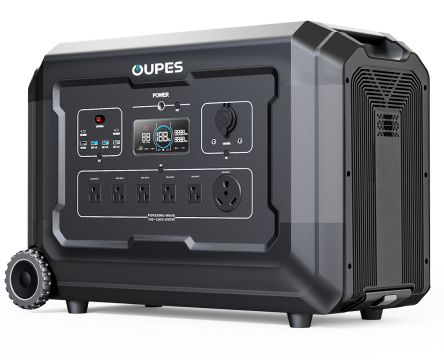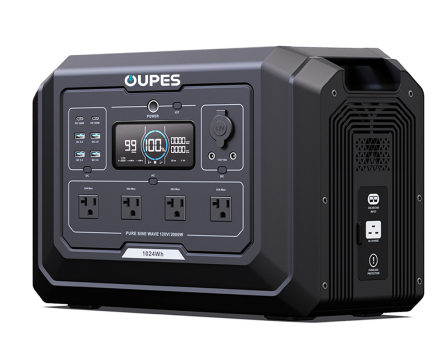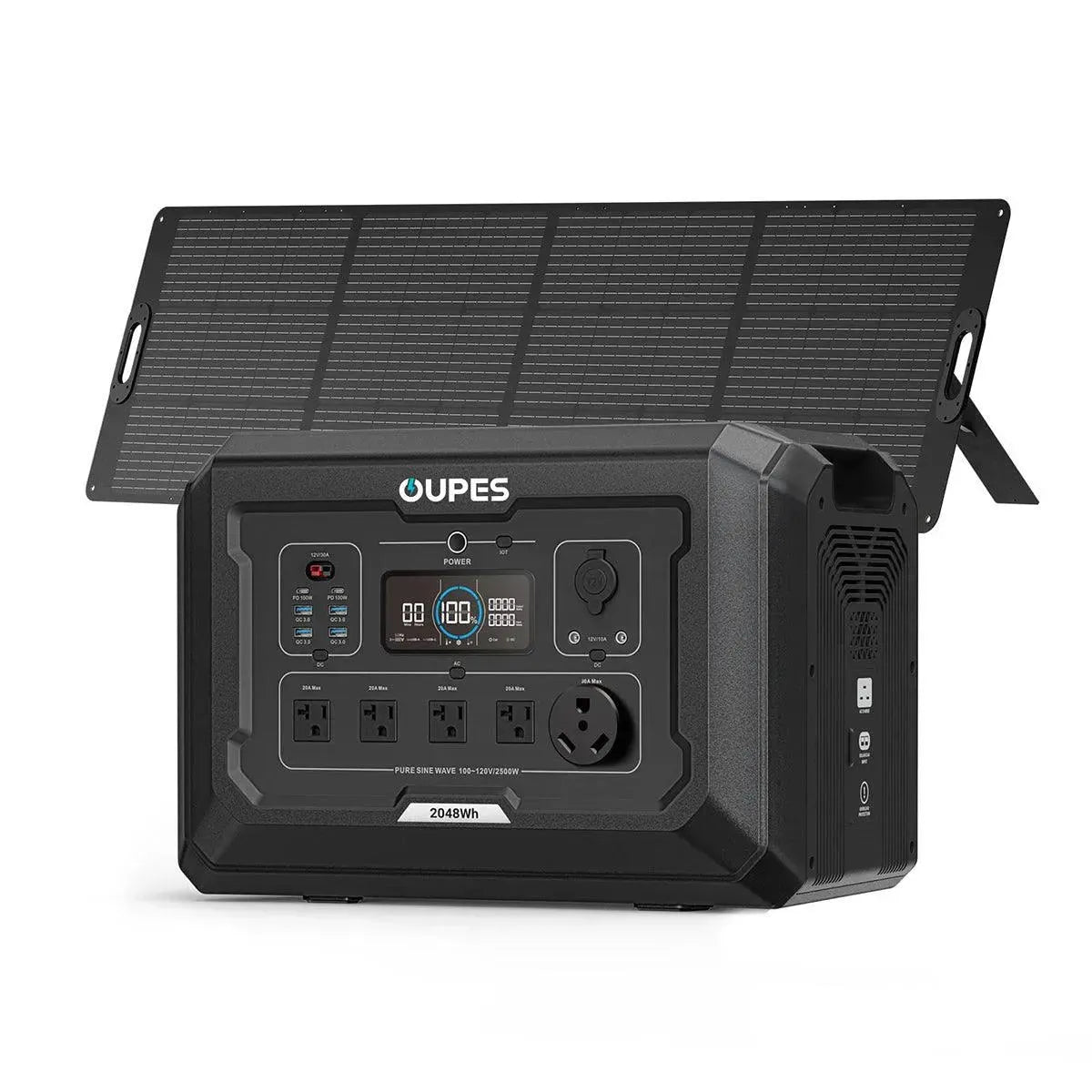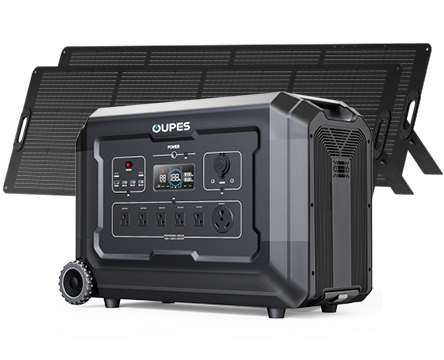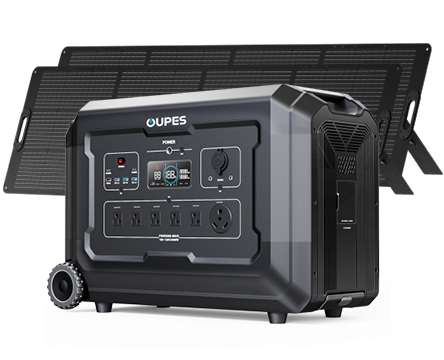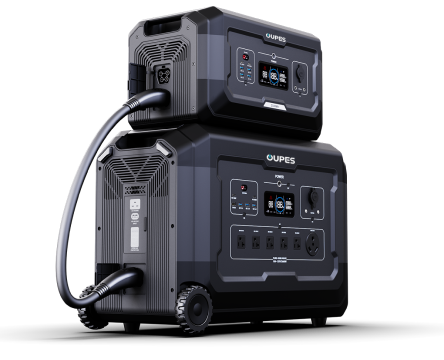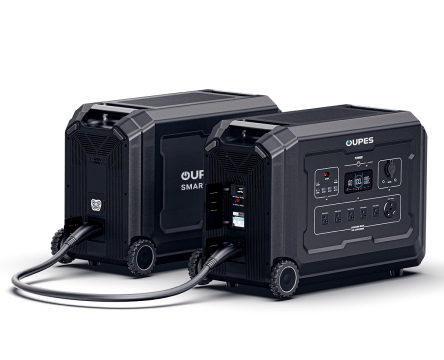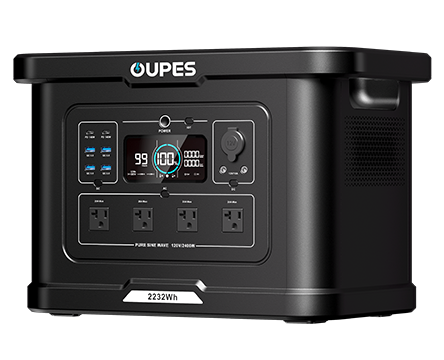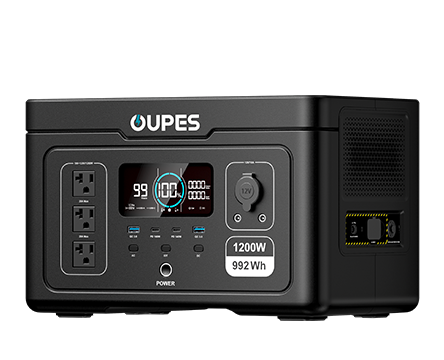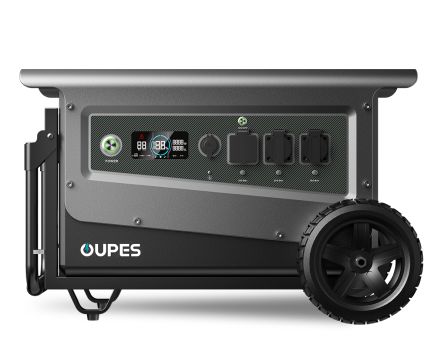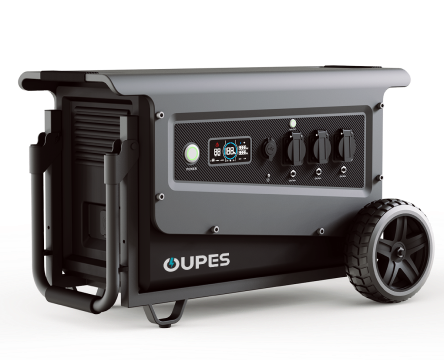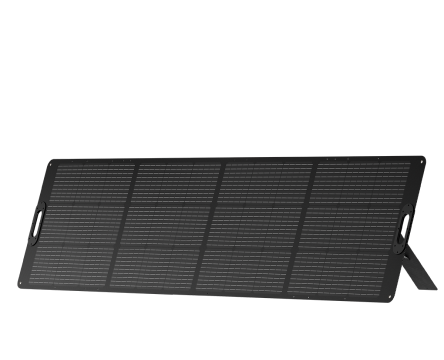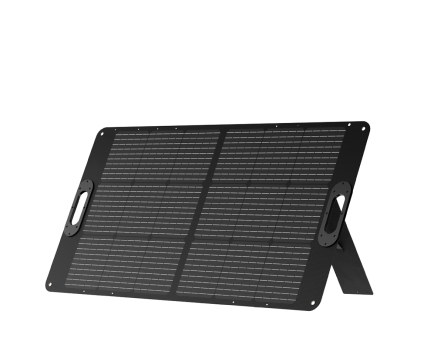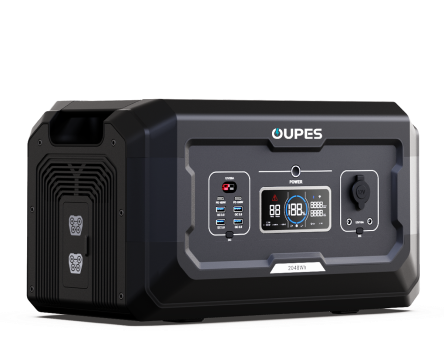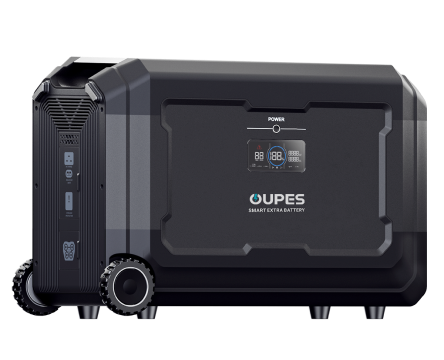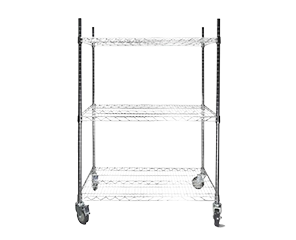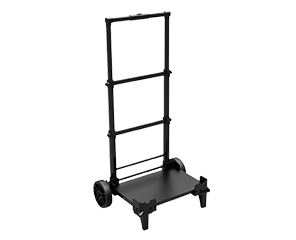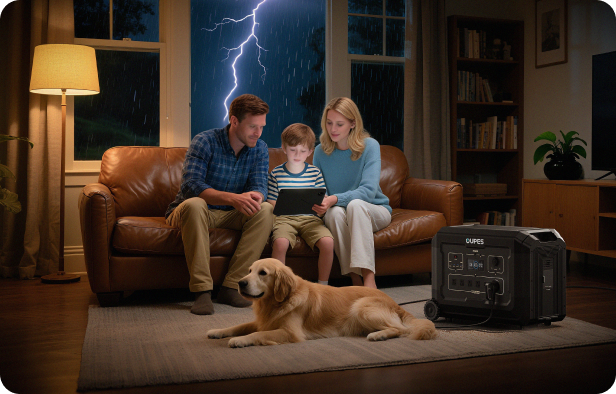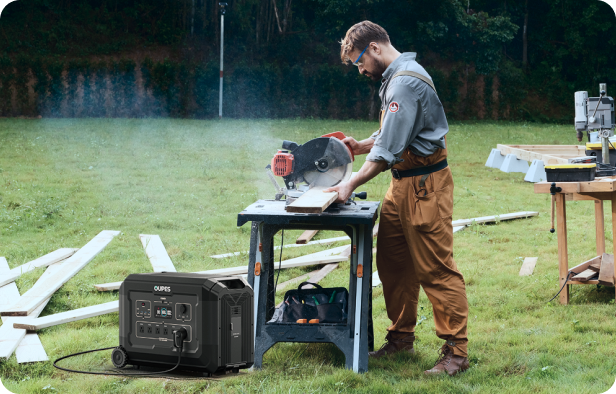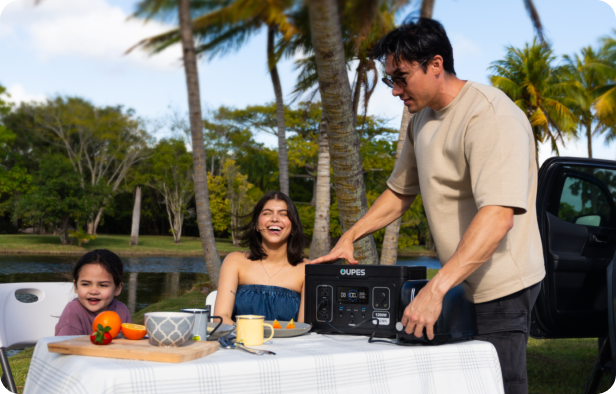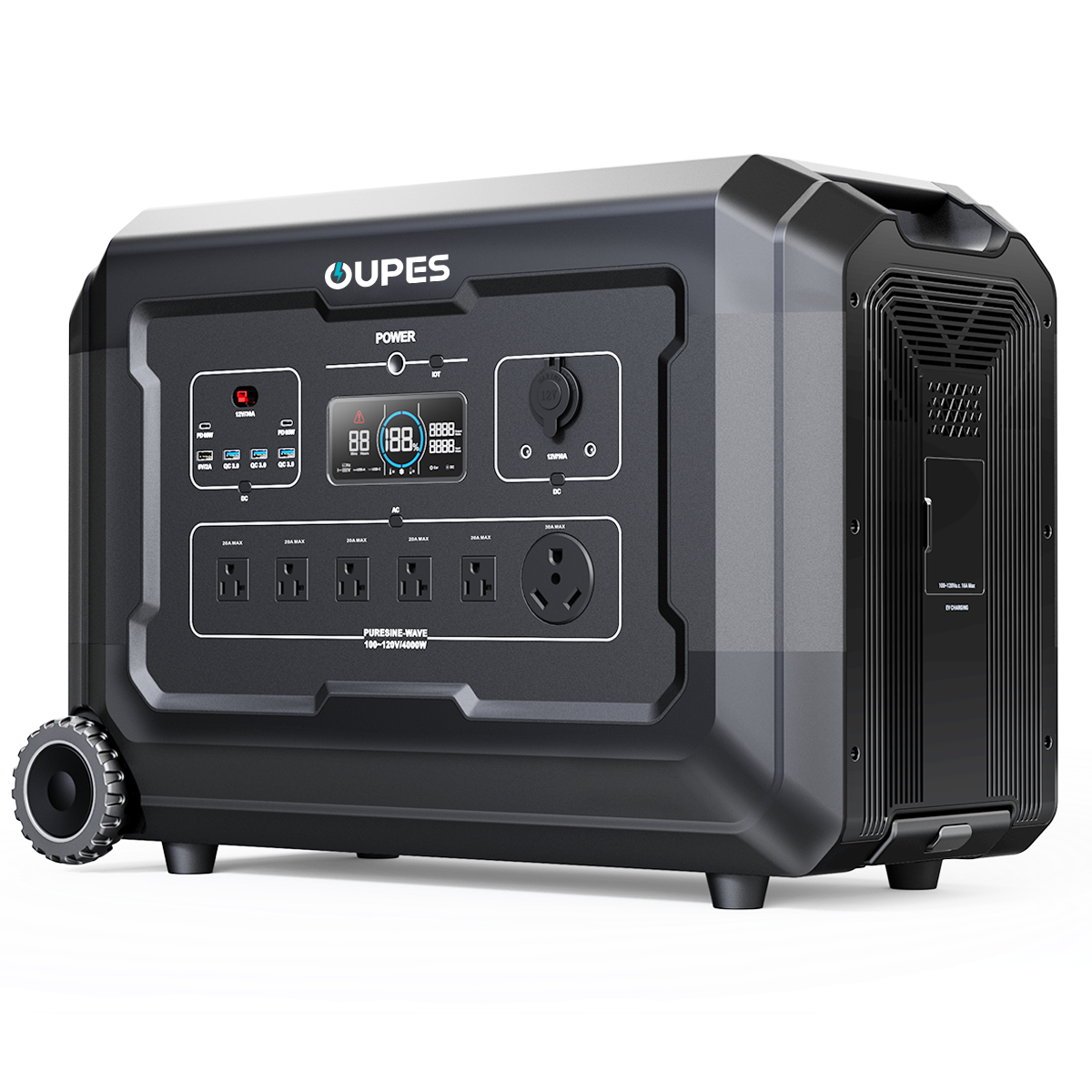
As solar energy becomes more accessible and popular, many consumers find themselves confused by similar-sounding terms like “solar generator” and “solar power station.” While these products are often used interchangeably in conversation, they actually serve different roles in off-grid and backup power scenarios. Understanding the differences can help you make the best decision when it comes to choosing an eco-friendly power solution for your home, travel, or emergency preparedness.
In this article, we’ll demystify both terms and explain how solar generators and solar power stations differ in terms of design, functionality, components, and real-world applications. If you're trying to find the most efficient and practical way to harness solar energy, this guide will give you the clarity you need.
Understanding the Core Function of a Solar Generator
A solar generator is essentially a compact, all-in-one system that uses solar panels to convert sunlight into electricity and stores that energy in a built-in battery for later use. It’s commonly used for off-grid power, camping, RV trips, and emergency backup at home. The key components of a solar generator typically include a solar charge controller, an inverter, a lithium or lithium iron phosphate (LiFePO4) battery, and input/output ports for charging devices.
One of the defining features of a solar generator is that it’s designed for plug-and-play use. Most models allow users to connect solar panels directly to the unit, charge the internal battery, and then use that stored energy to power various electronic devices through USB, DC, or AC outlets. Many models also allow charging via wall outlets or car chargers for added convenience.
Solar generators are especially popular among outdoor enthusiasts and people living in areas with unreliable grid power. Their silent operation, low maintenance requirements, and clean energy source make them a preferable alternative to traditional gas-powered generators. Plus, they are safer for indoor use since there are no toxic fumes or flammable fuels involved.
However, the capacity of solar generators can vary significantly, ranging from small units that can charge phones and lights to large ones capable of running appliances like refrigerators, televisions, and even medical devices. Understanding your energy needs is crucial before selecting a solar generator, as exceeding its capacity can shorten its lifespan or lead to unexpected shutdowns.
What Sets a Solar Power Station Apart?
While often used interchangeably with solar generators, a solar power station typically refers to a more robust and flexible energy solution. Unlike solar generators, solar power stations can be standalone energy storage systems without built-in solar panels. They are designed to be charged from multiple sources, including solar panels, wall outlets, and even car adapters. The term “solar power station” is broader and can describe both portable and stationary units used in a variety of settings.
In many cases, a solar power station offers higher capacity and greater output than a traditional solar generator. It may come equipped with advanced features like expandable battery modules, MPPT charge controllers for efficient solar input, multiple output types (including USB-C PD, 12V DC, and pure sine wave AC), and real-time monitoring via LED displays or mobile apps.
Solar power stations are ideal for situations that demand extended energy support. For example, they are widely used in van life, tiny homes, and remote cabins where off-grid living requires reliable and consistent energy access. Their modular nature allows users to customize their power solutions depending on their energy usage and storage needs.
In terms of design, many solar power stations are built with portability in mind, but some higher-capacity models may be heavier and more suitable for semi-permanent installations. Some even allow integration into home energy systems, supporting solar panel arrays on rooftops and providing a backup energy reserve during grid outages.
The key takeaway is that while solar power stations may include similar components to solar generators, they tend to offer more customization, expandability, and long-term usage scenarios. They are a step up in terms of functionality and are often the go-to choice for more serious energy planning.
Component Comparison: What’s Inside Each System?
To truly understand the difference between a solar generator and a solar power station, it's important to look under the hood. Both systems include key components that manage, store, and deliver energy, but the configuration and quality of these components can differ significantly depending on the intended use of the device.
Most solar generators are built with a simplified, integrated design that includes:
Battery: Usually lithium-ion or LiFePO4, providing 200Wh to 2000Wh+ of storage.
Inverter: Converts DC electricity stored in the battery to AC electricity for household devices.
Solar Charge Controller: Regulates the voltage and current coming from the solar panels to protect the battery.
Ports: USB-A, USB-C, AC outlets, 12V car ports, and sometimes wireless charging pads.
Solar power stations, especially those designed for larger-scale or off-grid applications, may include:
Higher-capacity batteries: Often modular or expandable, reaching capacities beyond 5000Wh.
Advanced MPPT charge controllers: Optimize solar charging efficiency under varying weather conditions.
More robust inverters: Pure sine wave inverters rated for high continuous and surge outputs (e.g., 3000W+).
Smart monitoring: Integrated software or apps for power tracking, diagnostics, and remote control.
Because of these component differences, solar power stations can serve a wider range of power needs, including high-demand appliances like air conditioners, electric grills, or even small workstations. Meanwhile, solar generators are better suited for short-term or lower-power applications like charging gadgets, lighting, and running small electronics.
Use Case Scenarios: Which One Fits Your Lifestyle?
Choosing between a solar generator and a solar power station ultimately comes down to how and where you plan to use the system. Different scenarios call for different capabilities, and matching the right product to your needs is key to maximizing performance and efficiency.
For campers, hikers, and RV travelers: A solar generator is often the best choice. Its compact size, lightweight build, and user-friendly design make it ideal for charging smartphones, GPS devices, cameras, and running LED lights. It’s also easier to carry and store, which is essential for mobile lifestyles.
For off-grid living and van life: A solar power station with modular battery packs and higher capacity can provide consistent power for refrigeration, water pumps, heating devices, and even satellite internet systems. These setups require reliable, long-term power, which is where the expandability and capacity of a power station shine.
For home backup: Both systems can be useful, but solar power stations with AC input/output integration and faster charging speeds are often more practical. Some models can be tied into home circuits or solar panel installations, serving as emergency backups during blackouts without relying on noisy gas generators.
For job sites or remote work: A high-capacity solar power station can run power tools, laptops, and communications equipment in areas without grid access. Their higher output and multiple port options make them suitable for professional and industrial use.
By clearly identifying your primary use case, you can make a smarter investment and avoid overpaying for features you won’t need or underestimating your energy requirements.
Which One Should You Choose?
Now that you understand the functional and technical differences between a solar generator and a solar power station, the next step is to match your purchase to your specific lifestyle and energy demands. Here are a few key factors to consider when making your final decision:
Budget: Solar generators are generally more affordable than solar power stations. If your needs are basic and temporary—like weekend camping or charging phones—a smaller generator can meet your needs without breaking the bank.
Energy Requirements: If you anticipate powering high-wattage appliances or running devices for long periods, a solar power station with greater capacity and output is a wiser investment. It also provides room to grow if your energy needs expand.
Portability: For people who move frequently or value minimal weight, a compact solar generator is much easier to transport. On the other hand, stationary or semi-permanent setups benefit from the enhanced performance of a power station.
Sustainability: Both options offer environmentally friendly energy, but solar power stations are typically more efficient in converting and storing solar energy—especially when paired with MPPT controllers and high-efficiency panels.
Choosing the right unit is all about balance—between portability and power, simplicity and flexibility, affordability and future-proofing. There is no one-size-fits-all answer, but understanding your priorities can guide you to the perfect solution.
Conclusion
While the terms “solar generator” and “solar power station” are often used interchangeably, they represent different categories of solar energy systems with distinct features and applications. A solar generator is compact, easy to use, and ideal for short-term, mobile power needs. A solar power station, on the other hand, offers greater flexibility, higher output, and scalability, making it a superior option for off-grid living, home backup, and professional use.
By comparing their components, design, and use case scenarios, you can determine which product fits your energy lifestyle best. Whether you’re prepping for emergencies, planning your next camping trip, or moving into a van full-time, choosing the right solar solution ensures you’ll always have power—wherever the sun takes you.


